[15:30]
So I've been learning about optics (from the basics) and am starting to get a feel for how they work. This interactive demonstration helped.
I was also computing the form factor. No idea why every reporter speaks of one of Meta's patented ideas in a bad light, but I was thinking of something like this:
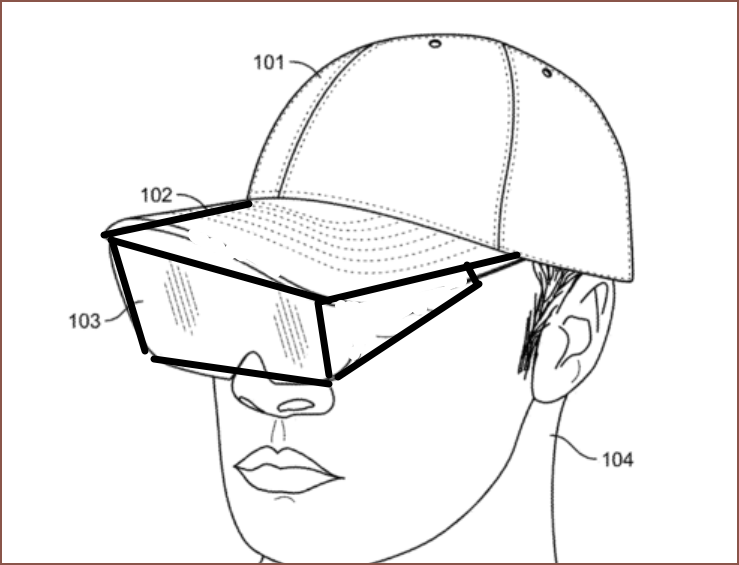
The visor will be an acrylic display riser with the side ends cut so that it has about a 45 degree angle, as seen above. I've got a 400mm version of this for the #SpecSpotlights [gd0024] and tried it with the overhead room lights as my source image. The image looked clear, but in sections where the protective film had slightly peeled away, there was a double image. I assume the film changes the angle for total internal relfection or absorbs enough of these stray rays for it not to be visible. I'm hoping the pldc and mirror film have the same effect.
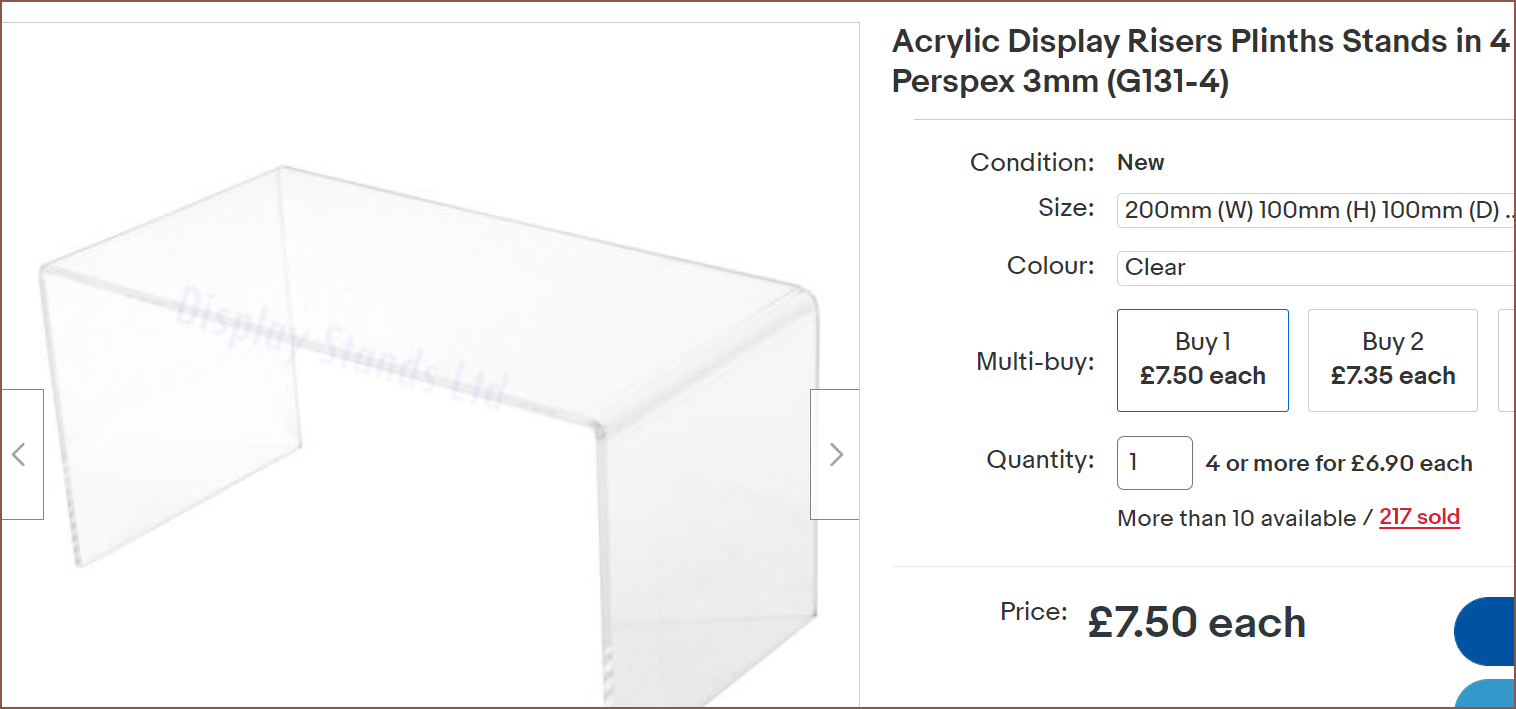
There has been one computation that has failed to solve for a few days now, and that's the poposed screen brightness of only 100cd/m^2:
 I think that this is the minimum brightness, looking at the datasheet, but I still wanted to look at any other options that would get me at least 1600px vertical for 4:3 monitors.
I think that this is the minimum brightness, looking at the datasheet, but I still wanted to look at any other options that would get me at least 1600px vertical for 4:3 monitors.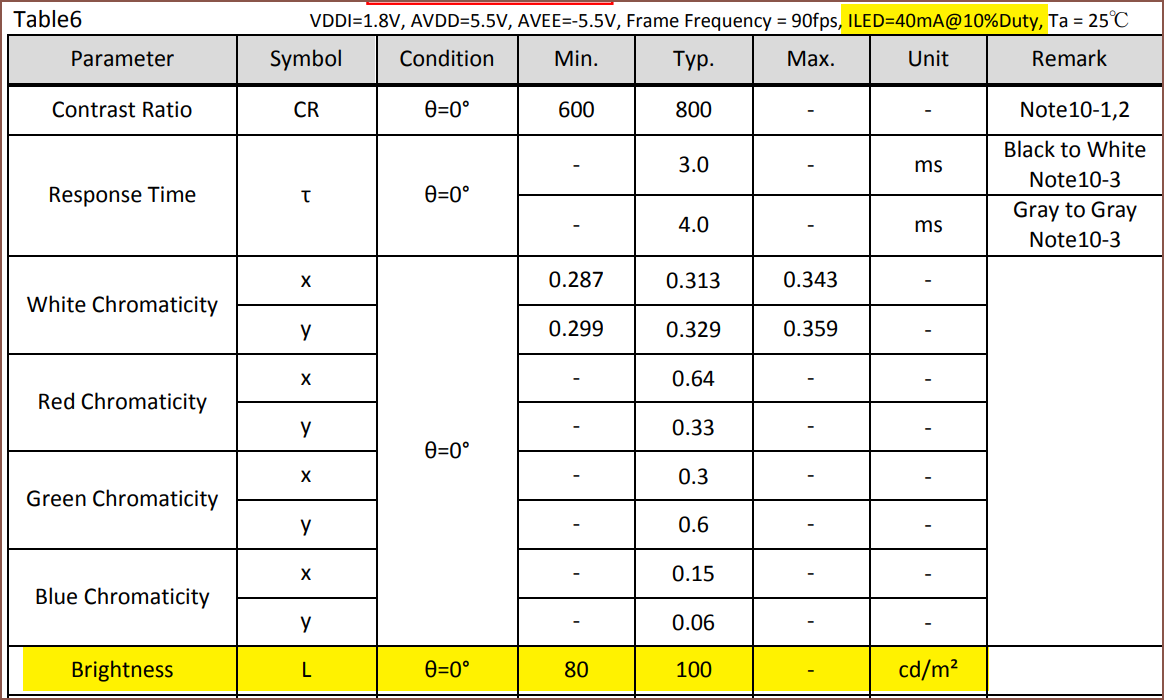
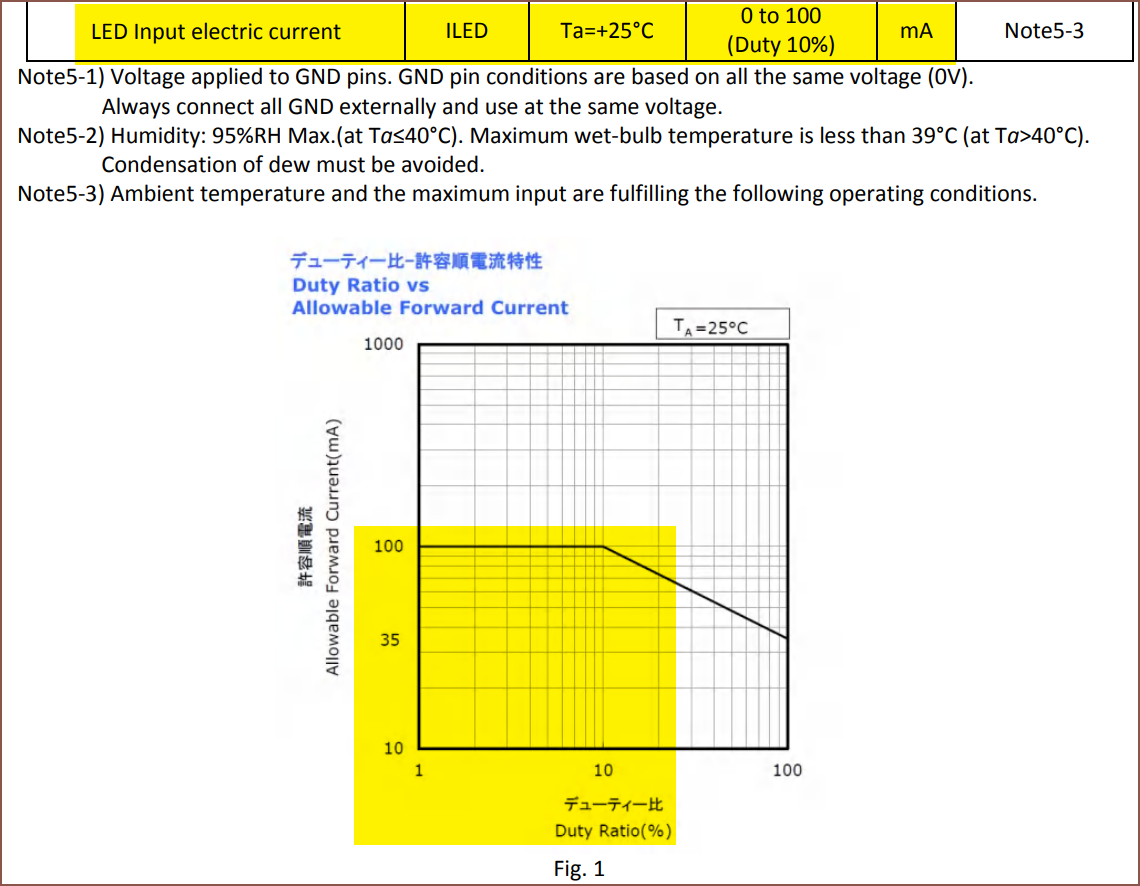 Maybe the screen is at 40% brightness? Maybe I can seperate them and use a custom solution? Anyway, I ended up on Alibaba after searching "2560*2560 display" on Google.
Maybe the screen is at 40% brightness? Maybe I can seperate them and use a custom solution? Anyway, I ended up on Alibaba after searching "2560*2560 display" on Google.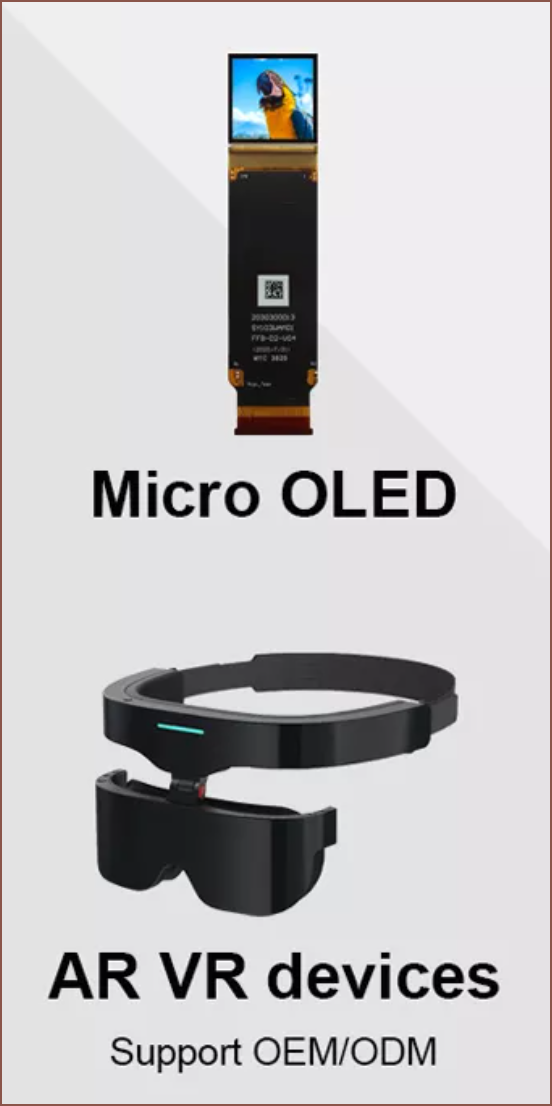 A company called Seeya sells a (£200) 1.03" 2560*2560 Si OLED that has 90Hz refresh and 1800nits peak brightness. They use that and a pancake optical module to make those VR glasses seen above (that cost around £500+shipping for a sample). I wonder when some company is going to put their branding on it and sell it, because they look pretty decent.
A company called Seeya sells a (£200) 1.03" 2560*2560 Si OLED that has 90Hz refresh and 1800nits peak brightness. They use that and a pancake optical module to make those VR glasses seen above (that cost around £500+shipping for a sample). I wonder when some company is going to put their branding on it and sell it, because they look pretty decent.I've also bought a 2 way mirror so that I can see exactly how much light gets reflected into the eye.
[E1 21:45] I've just found out that there's also beam splitters, and it sounds like they're dimmer to look at instead of two way mirrors:
They're used for teleprompters and have a coating on the other side to eliminate the double image (official name: ghosting) I was talking about earlier. I found out after reading through the comments on Mañolo's YouTube channel. I'm planning to go with the grey PLDC film since, looking at various listing images, I can barely see anything through the black film when transparent.
Hypothetically speaking, if I an individual could manage to buy a 1" screen from Alibaba (I asked but they don't have an AliExpress store), I could use a 50/50 splitter on a single screen. While the dream of AR/VR sounds great (and I'd like to imagine an 8 panel, 5120*5120-per-eye headset one day in the future), right now I'm just focused on a heads-up monitor with the 10K 1000fps XDR RealityRealistic background scenes of Life: The Experience. Thus, I only need the 1 panel, and 900 nits per eye should still be a good amount (panel longevity not considered).
 kelvinA
kelvinA
Discussions
Become a Hackaday.io Member
Create an account to leave a comment. Already have an account? Log In.
If I assume that 40mA * 10% Duty is equivalent to 100 nits, then 100mA * 10% would be 250 nits. If the graph was a straight line, 100% duty would've been 2500 nits. Thus, 1mA = 25 nits. At 100% duty, 35mA is allowable, resulting in 875 nits. That could be good enough to beamsplit.
Are you sure? yes | no